Sales of luxury homes costing Rs 10 crore and above in Mumbai have risen 8% making another new high of Rs 12,300 crore in H1 CY’24, compared to Rs 11,400 crore in H1 CY’23, according to a report by India Sotheby’s International Realty and CRE Matrix.
The report, “Mumbai Luxury Housing H1 CY24,” highlights unprecedented sales figures, signaling robust growth and heightened confidence in the city's real estate sector. This significant surge at the high end of the market aligns with an ongoing bullish trend in residential property sales overall, reflecting the exuberance and confidence in the Indian economy.
India Sotheby’s International Realty, India’s leading transaction and advisory firm for luxury homes, and data analytics firm CRE Matrix released the report on Mumbai's luxury housing market for H1 CY '24 on Thursday.
Key Highlights:
Record Sales Value: Mumbai’s luxury housing market achieved its highest-ever half-yearly sales value of Rs ~12,300 crore in H1 CY24. This marks a significant increase from the average bi-annual sales of Rs 7,100 crore since 2019.
Unprecedented Unit Sales: A total of 1,040 luxury units were sold in Mumbai over the past 12 months, the highest number ever recorded in any 12-month period. This surge is indicative of a strong and sustained demand for luxury housing in the city.
Primary Market: The primary luxury segment saw sales worth Rs 8,752 crore, the second-best half-yearly sales value in the past five years, just slightly below the high of H1 CY23. The total value of luxury homes sold in both the primary and secondary segments reached Rs 12,300 crore, setting a new record.
Secondary Market: Rs 3,500+ Cr. highest-ever recorded sales value in secondary segment in Mumbai with growth rate of 38% in H1 CY’24 compared to H1 CY’23. The secondary segment, in particular, has experienced growth in both sales and market share within the luxury housing sector. In H1 CY'24, the market share of the secondary segment reached 32%, up from 27% in H1 CY'23. This signifies the market’s maturity and demonstrates investor confidence in diversifying their portfolios.
Dominant Localities: The top 10 localities in Mumbai contributed 80% of the total luxury housing sales value, with Worli leading the charge, accounting for 37% of the overall luxury sales value. Goregaon East saw a remarkable 1,444% increase in luxury home sales value, driven primarily by high sales in Oberoi Elysian.
Age Profile of Buyers: It is significant to note that more than half of homebuyers in the more than Rs 10 Crore luxury market belong to the 35-55 age category. This indicates a long-term trend of younger buyers preferring to buy luxury homes in India’s financial capital.
The Size Preference: Over the last two years, the trend of buyer preferences has shifted towards buying larger apartments. We see this trend is particularly noticeable in all sizes of homes between 1,000 to 8,000 sqft. in the last 2 years as represented in the chart in the report. The 2,000 to 4,000 sqft. size segment has emerged as the largest contributor – this remains the sweet spot in terms of size preferences for luxury homes priced above Rs 10 Cr
Mr. Sudershan Sharma, Executive Director, India Sotheby’s International Realty said, "Mumbai's luxury housing market is surging and has touched unprecedented sales highs in H1 CY2024. Its strength underscores a growing demand for top-end luxury real estate, driven by India’s economic resilience and increasing affluence among the elite. The latest Hurun Global Rich List highlights a 51% increase in Indian billionaires, with 271 billionaires, a majority of who have a base in Mumbai. Unprecedented infrastructure development in the city has also opened new markets for luxury housing. We believe the country's expanding wealth and aspirations for luxurious living will keep this segment buoyant.”
Abhishek Kiran Gupta, Co-founder & CEO of CRE Matrix, noted, “Mumbai had been witnessing around Rs 7,100 Cr. of luxury housing sales every half year, since 2019. In H1 CY’24, luxury segment in Mumbai has achieved its highest ever half – yearly sales value of approx. Rs 12,300 Cr. This is a clear indication that the demand of luxury housing is growing and HNIs & start-up founders are driving the segment to new heights.”
The report underscores the sustained momentum in Mumbai’s luxury housing market, driven by high demand and robust sales across key localities. With the market showing resilience and continuous growth, the outlook for the remainder of 2024 remains positive.
Other Key Highlights
- Units over 4,000 sqft contributed 18% to overall primary sales in Mumbai's luxury housing in H1 CY’24, up from 13% in H1 CY’22.
- 24% of buyers from top 10 localities for luxury housing in Mumbai originated from areas beyond South Mumbai, indicating an upgrade in lifestyle and non-stickiness to original localities.
- Goregaon East accounted for 14% of homebuyers among the top 10 localities for luxury home purchases.
- The >65 years age segment is emerging as a strong buyer group as India's seniors convert business gains into real estate assets.
Noteworthy Transactions
- Rs 270 crore by Anil Gupta & Well-known Polyester Ltd at Lodha Malabar, Malabar Hill
- Rs 156.5 crore by Rekha Jhunjhunwala & Family at Rockside Apartment, Malabar Hill
- Rs 116.4 crore by Vratika Gupta at Oberoi 360 West, Worli
- Rs 101 crore by Girdharlal Bawri & Others at G+1 Bungalow, JVPD Scheme, Juhu
- Rs 97.4 crore by Mavjibhai Shamjibhai Patel at Oberoi 360 West, Worli
Conclusion
There is a significant surge in Mumbai's luxury housing market, achieving record half-yearly sales of Rs 12,300 crore in H1 CY24, up 8% from H1 CY23. Key highlights include unprecedented unit sales, a robust primary market, and the highest-ever sales value in the secondary segment. Localities like Worli and Goregaon East dominated sales, with younger buyers (aged 35-55) and a preference for larger apartments driving demand. The surge is attributed to India's economic resilience, increasing wealth, and significant infrastructure development in Mumbai. The outlook for the remainder of 2024 remains positive, with continued high demand and robust sales expected.

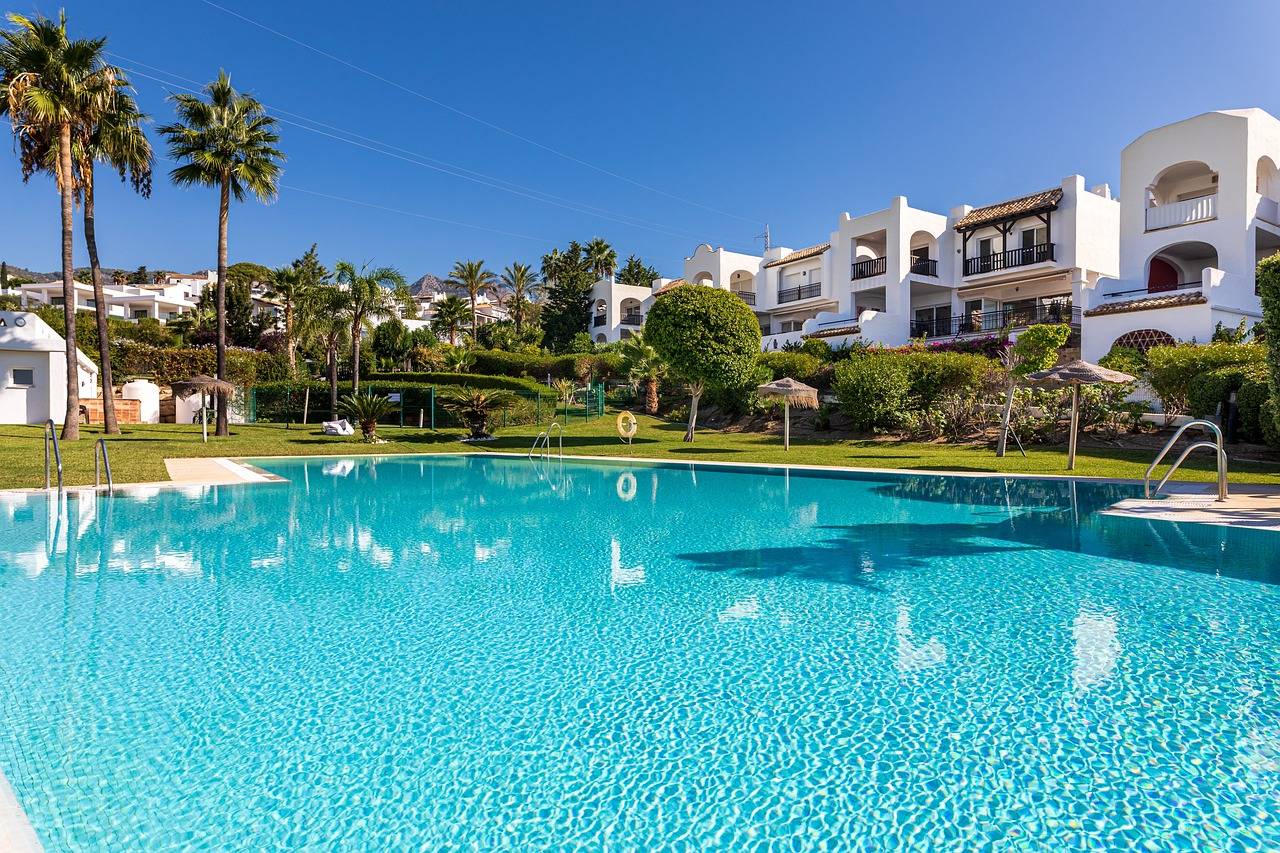

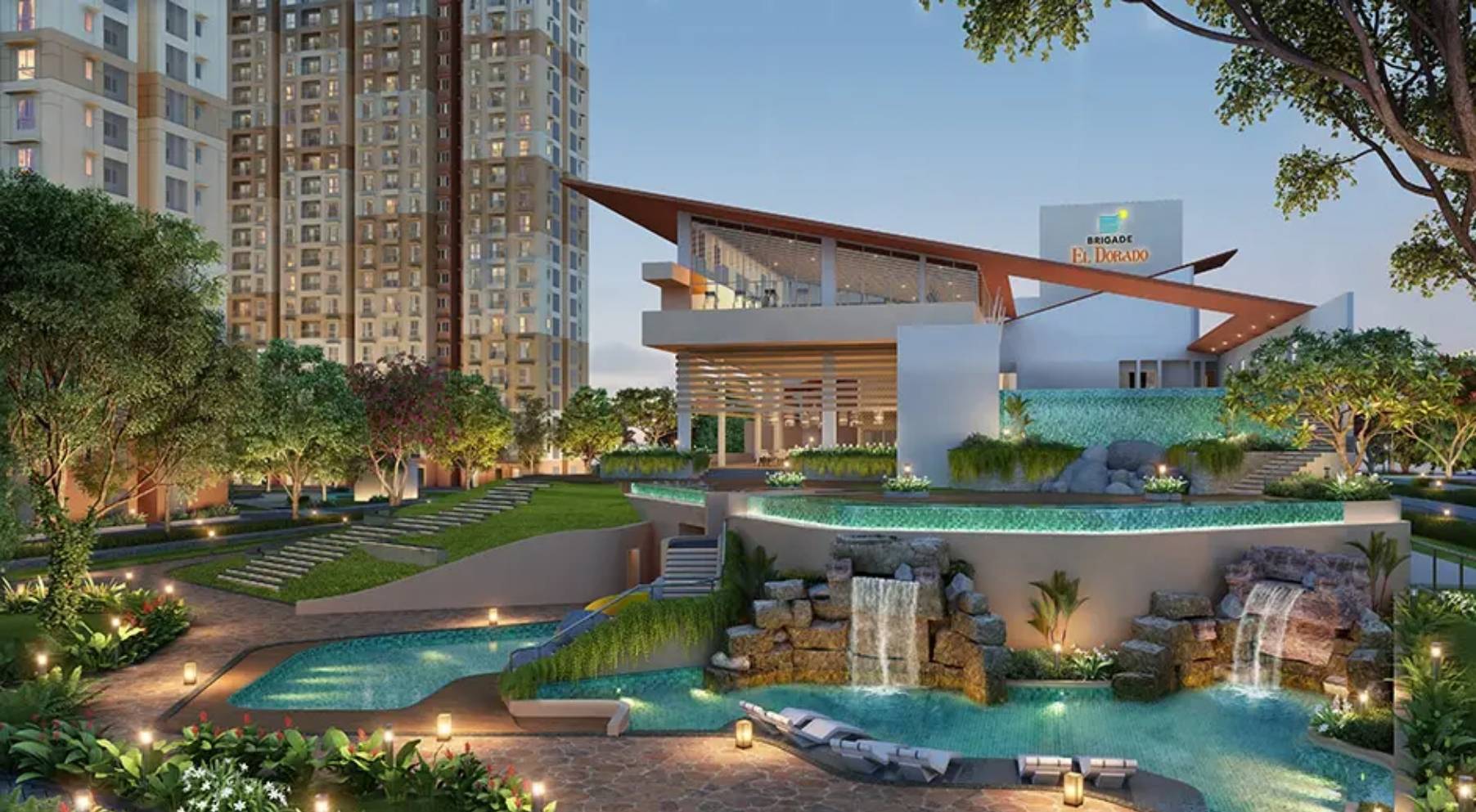
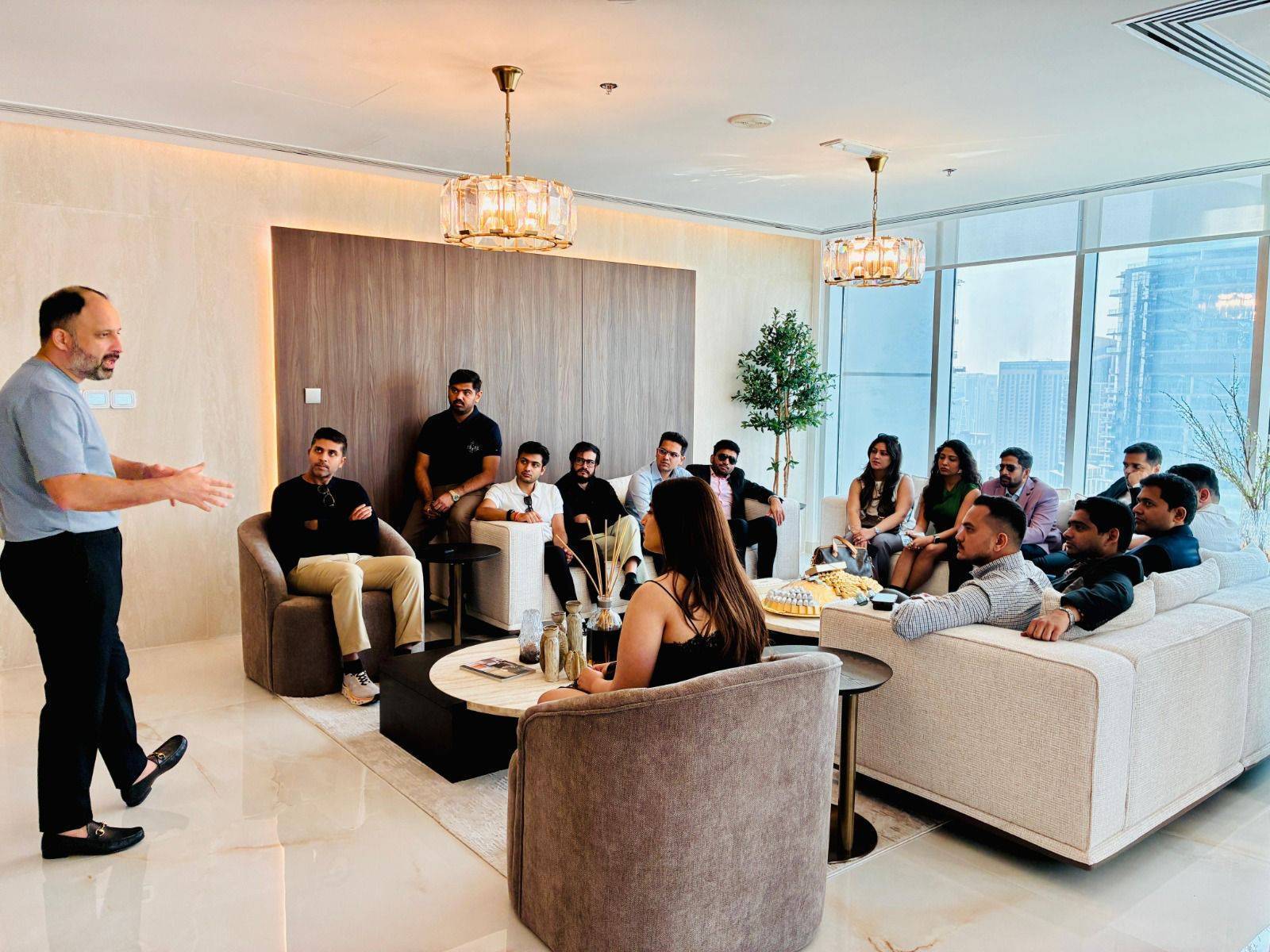
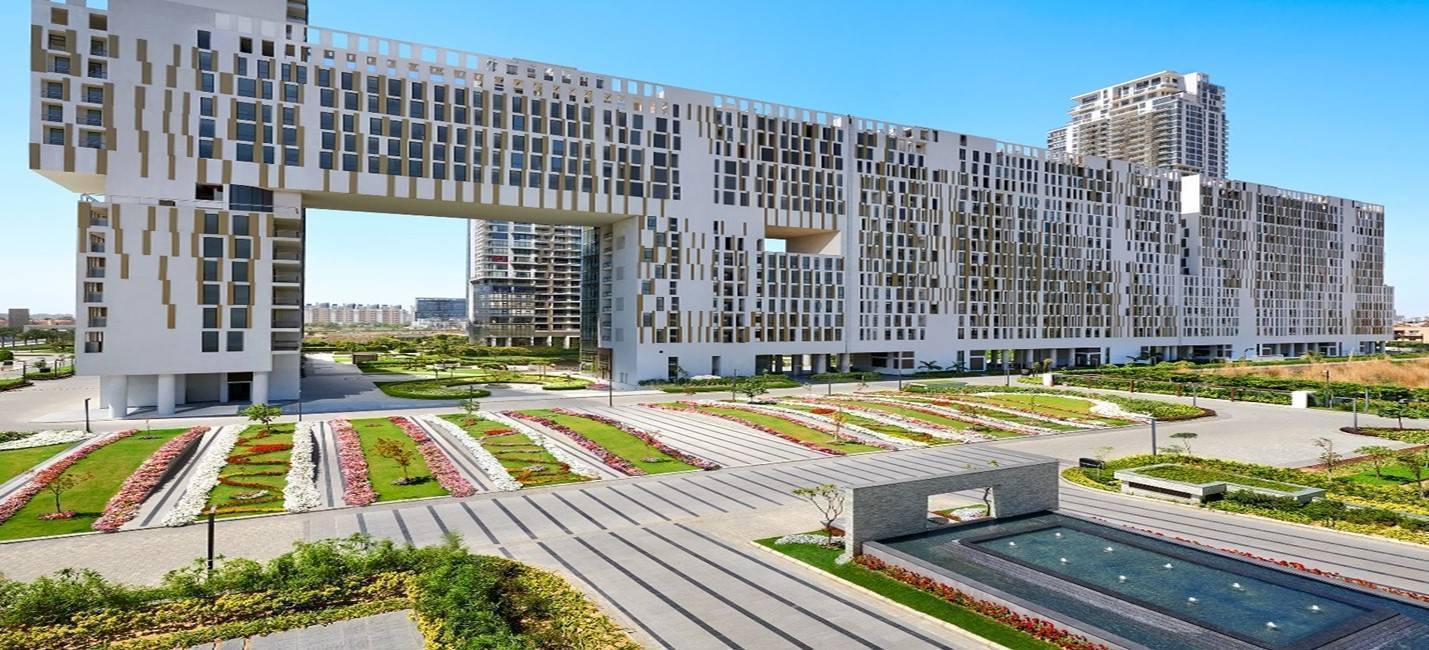
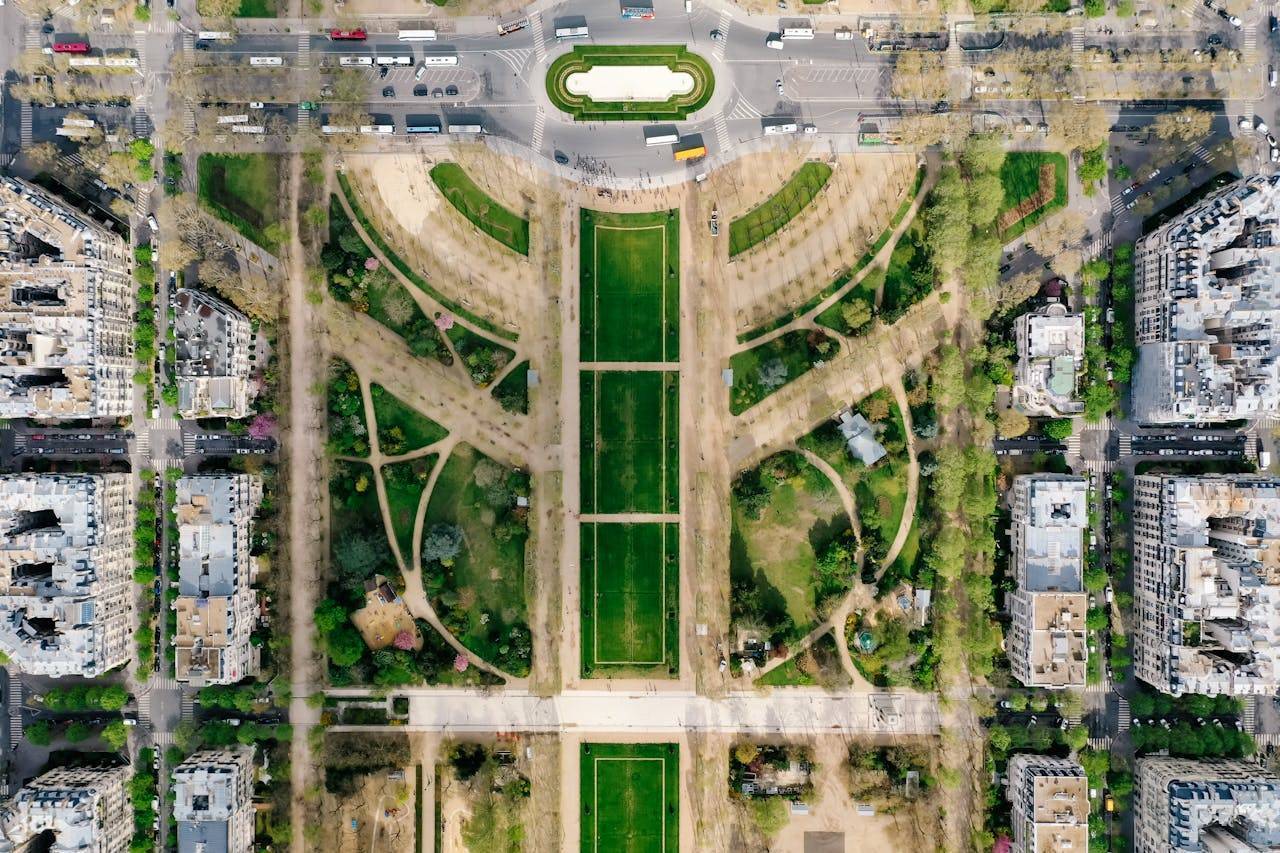
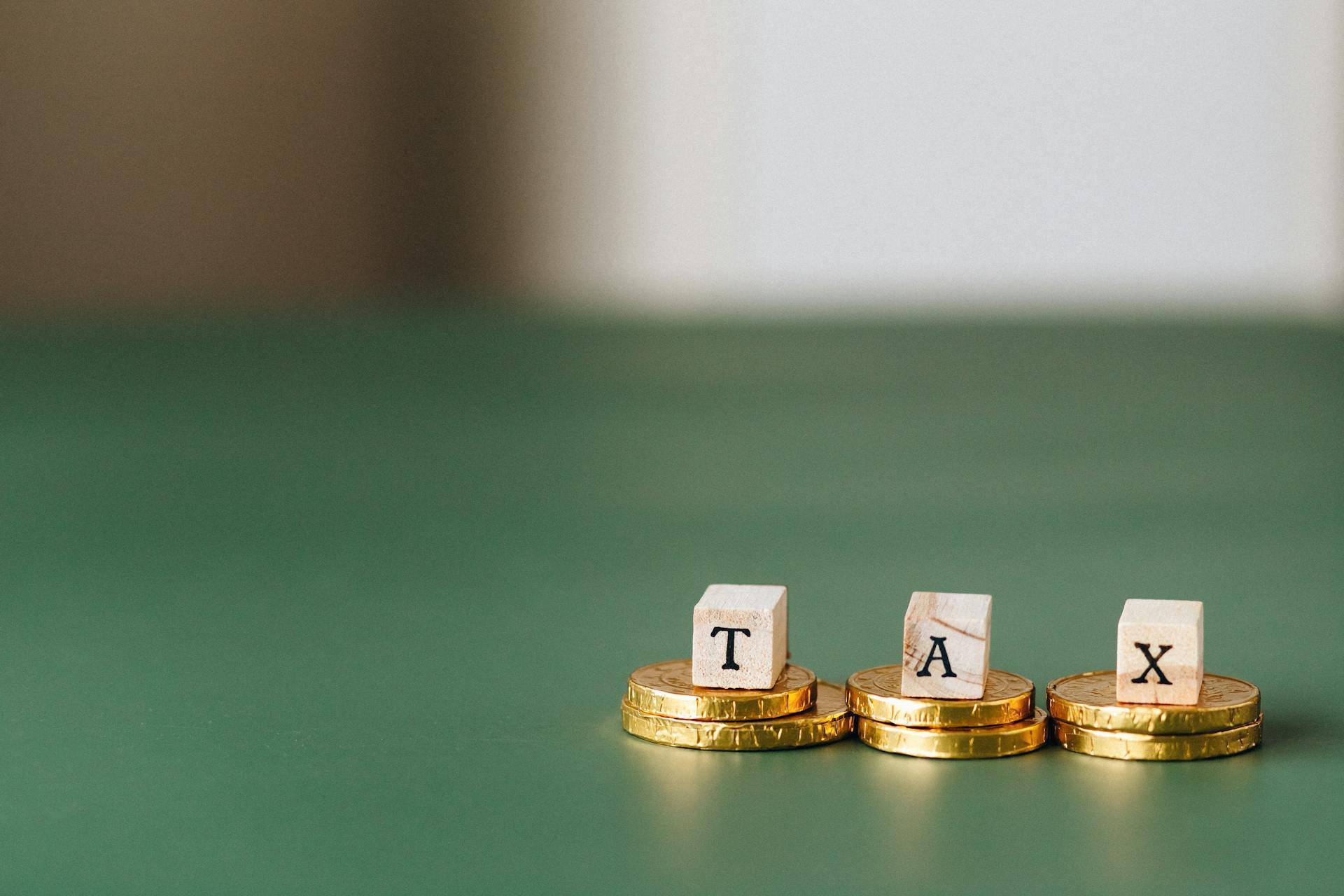

.png)